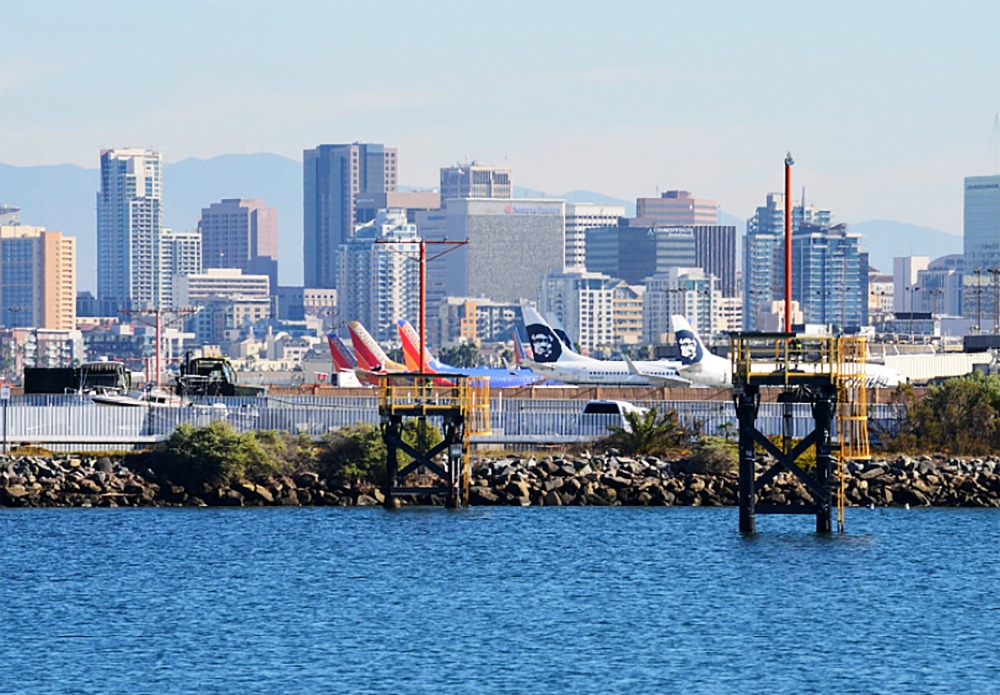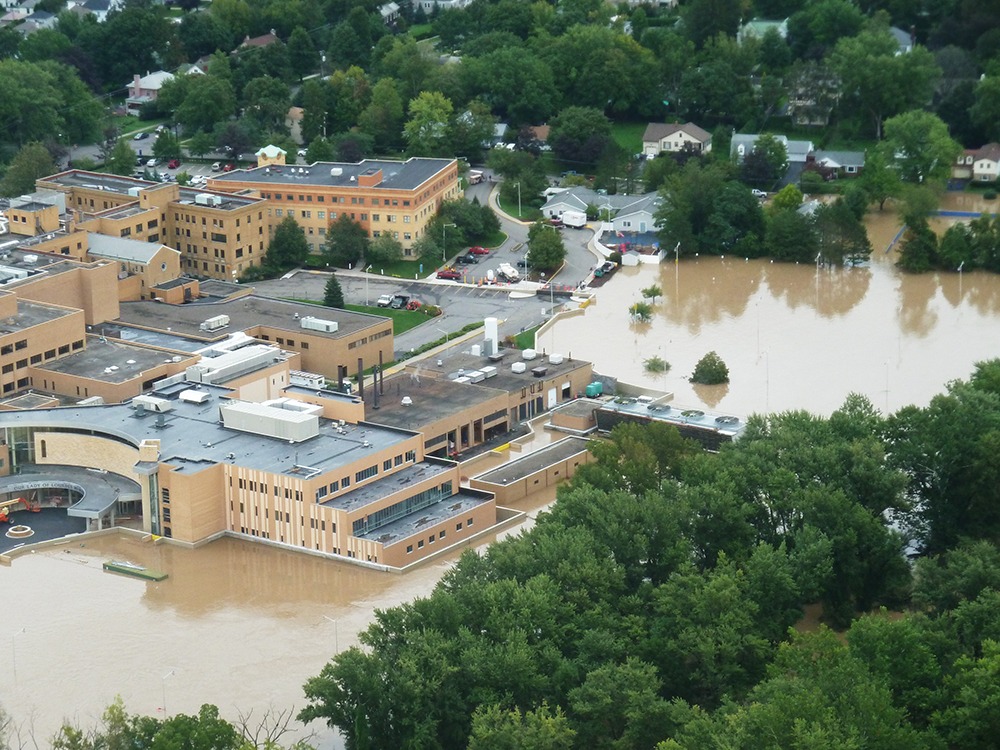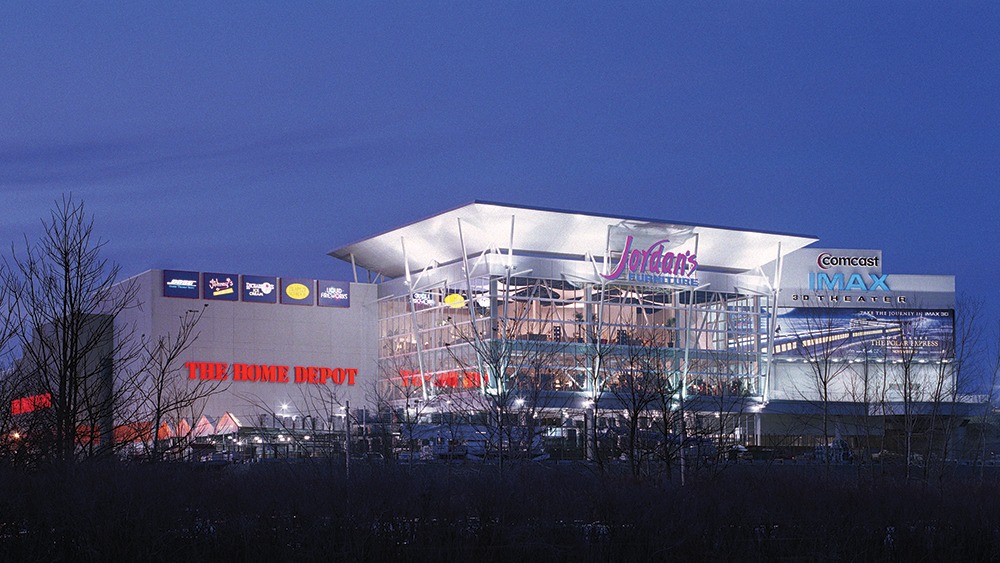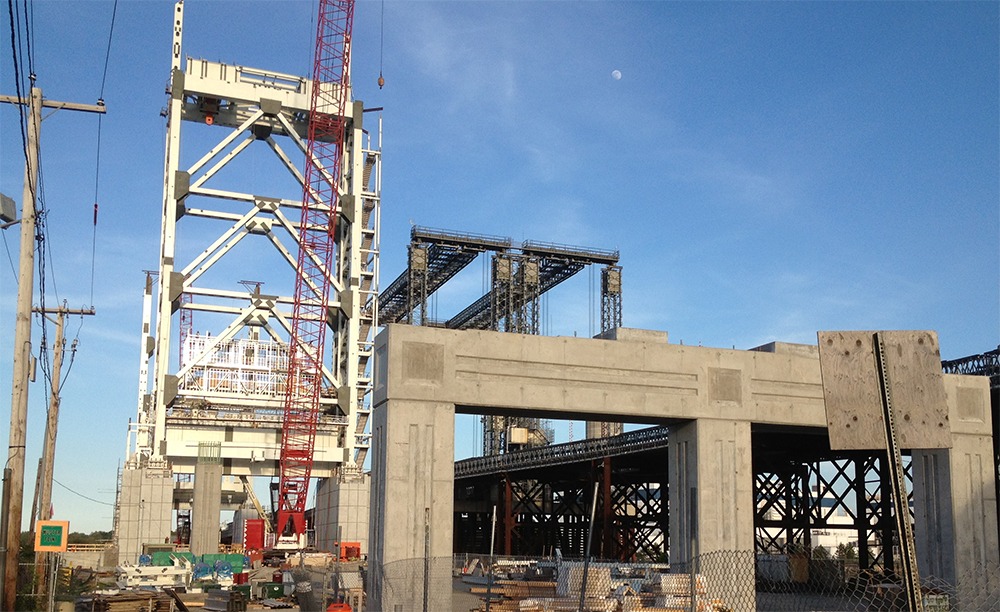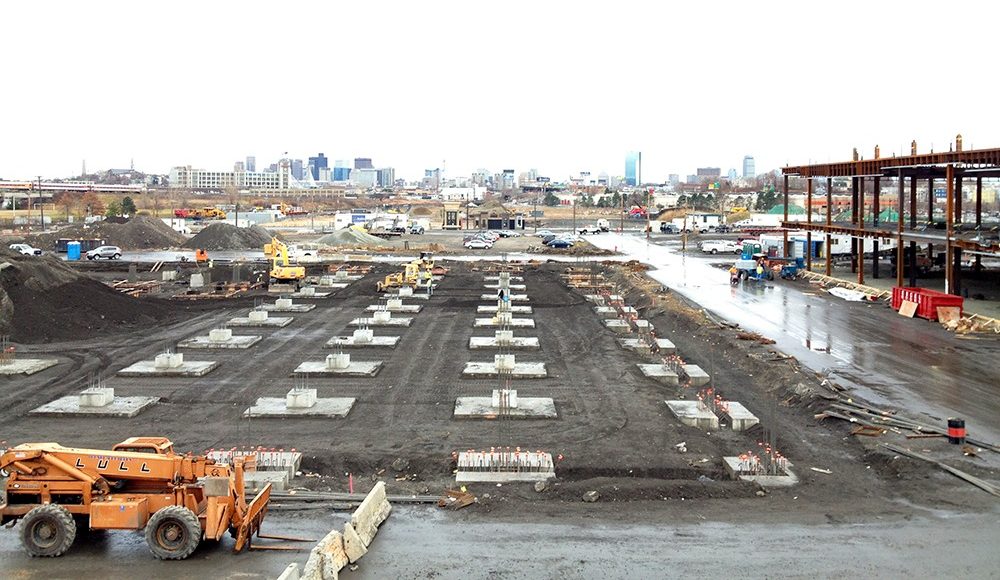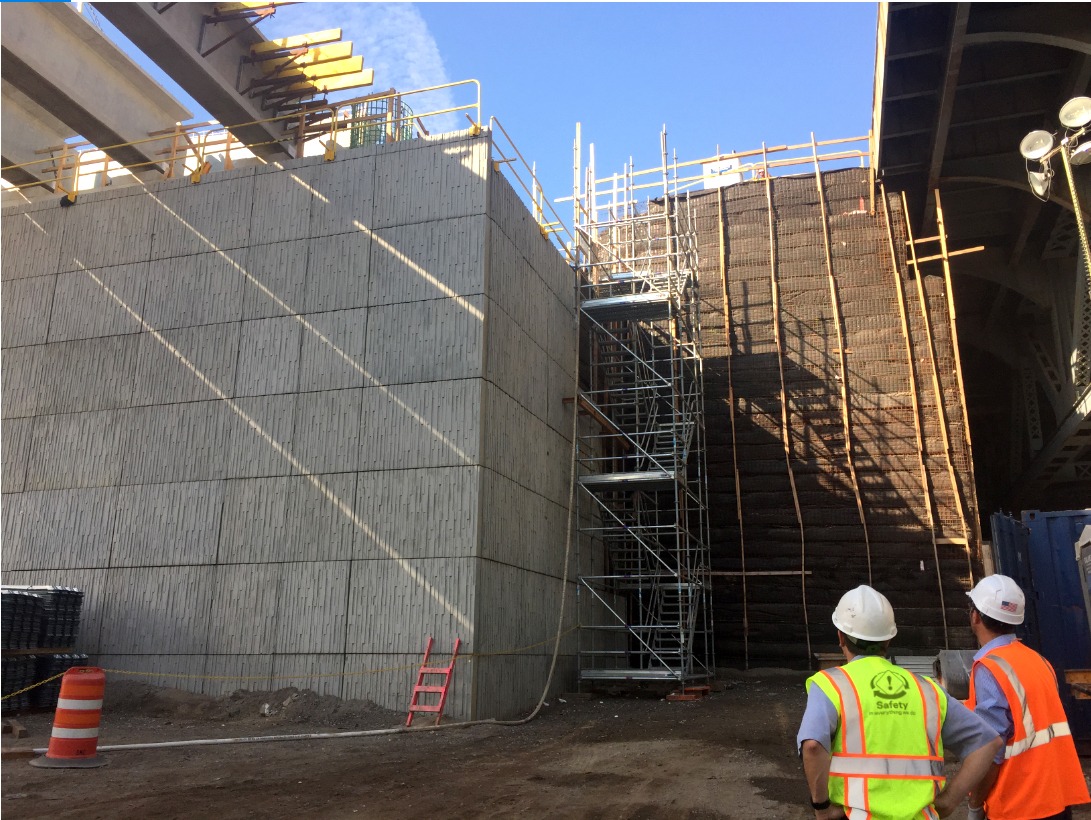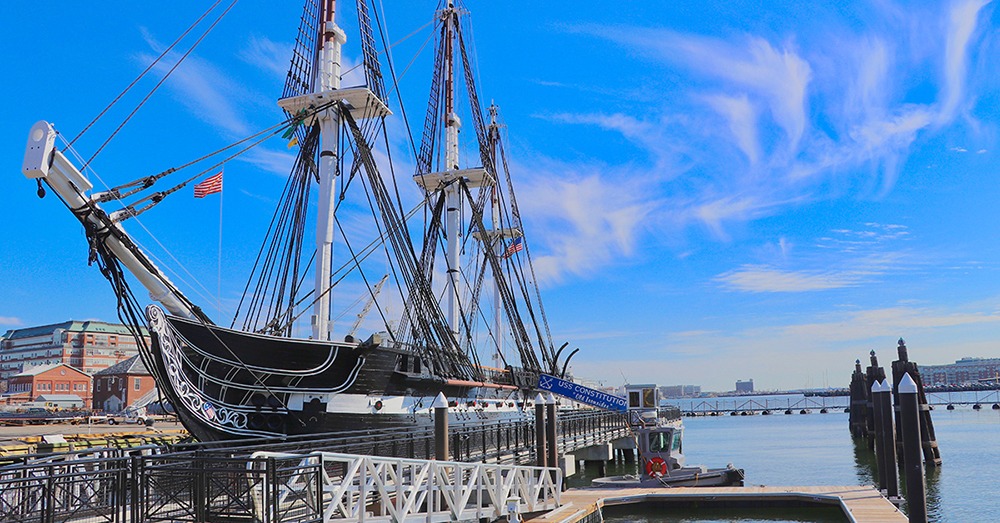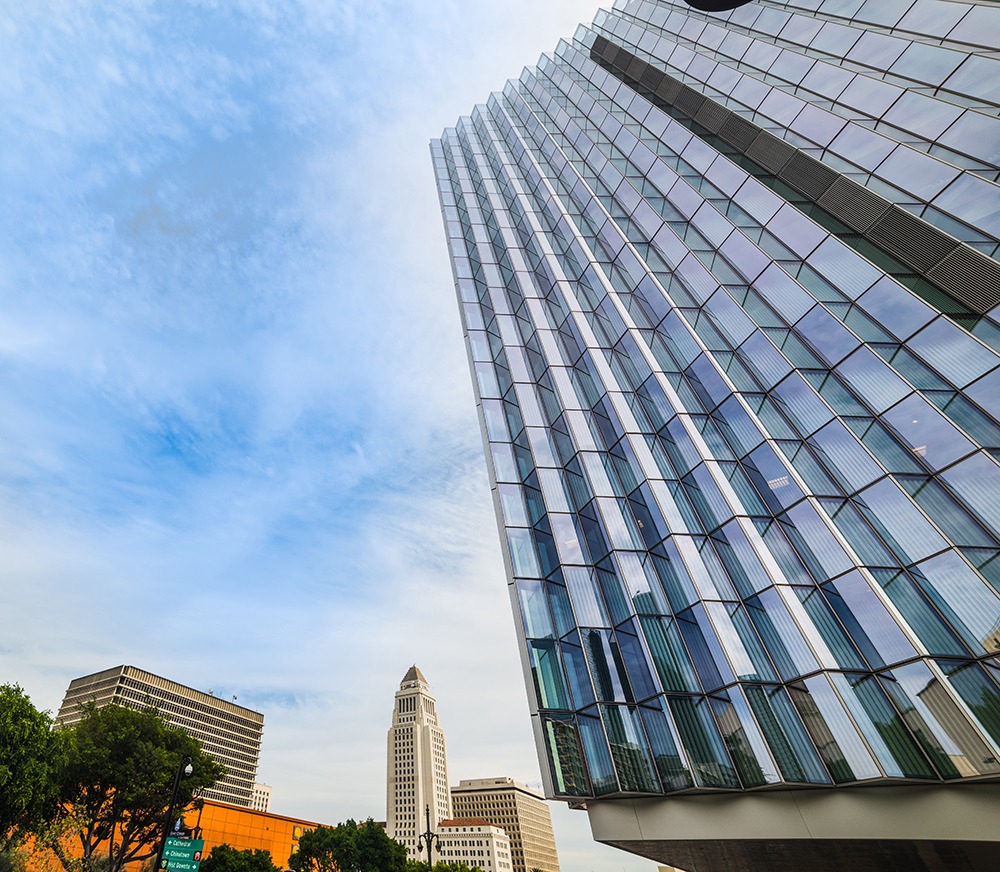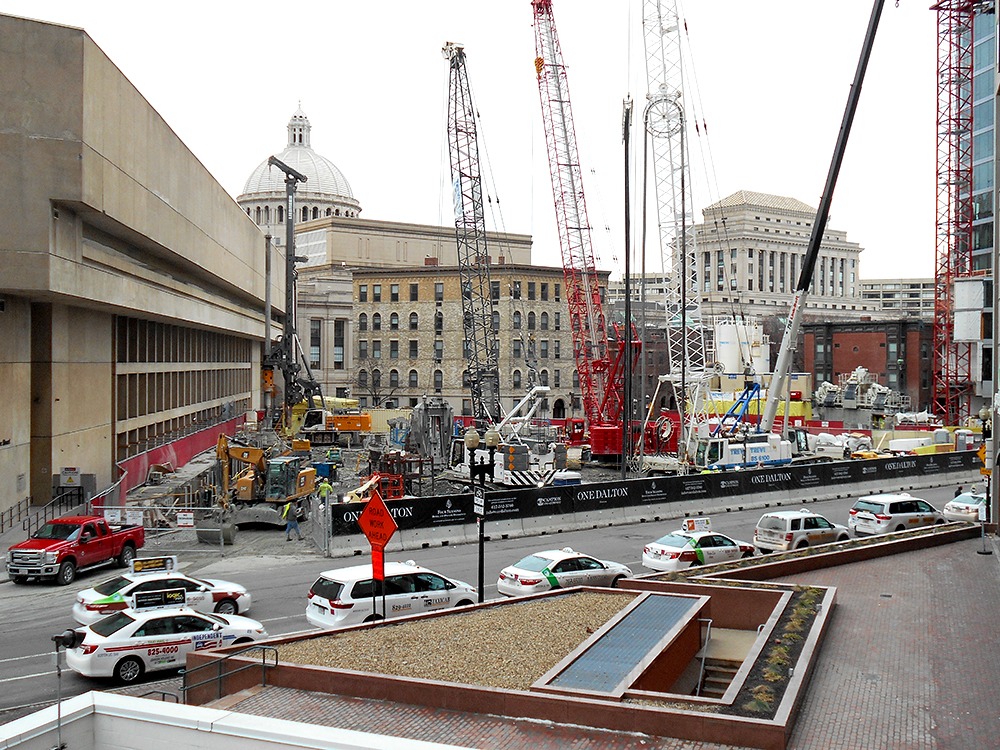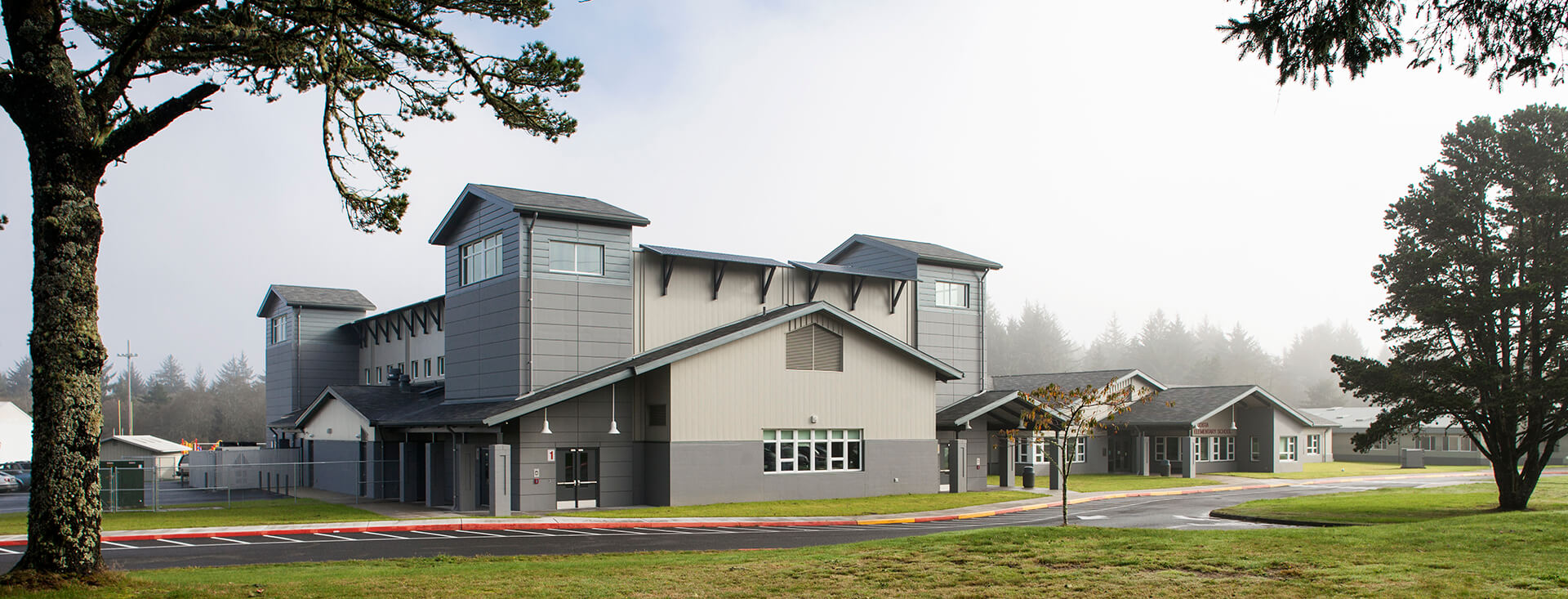
K-12 and independent schools
Engineering team delivers new elementary school with Western Hemisphere’s first vertical tsunami evacuation structure
55 feet above sea level
and 28 feet above grade, to accommodate a tsunami that can reach an elevation of 32 feet above sea level.
1,000+ people
can fit on evacuation tower roof (nearly half the town’s population)
1st tsunami safe haven
constructed in the Western Hemisphere
Summary
- If a major Cascadia Subduction Zone (CSZ) earthquake happened during a school day, more than 300 elementary school students in Westport, Washington, would sit directly in the path of the resulting tsunami (a nightmare scenario familiar to communities along the Pacific Northwest coast).
- Westport’s elementary school needed to be replaced, and the Ocosta School District set out to safeguard its students with a new building, one that would include the Western Hemisphere’s first vertical tsunami evacuation structure.
- The district turned to a team that included Haley & Aldrich to design the building’s foundation and evaluate the hazards posed by an earthquake and tsunami. We brought expertise in the potential impacts of a CSZ disaster and other large-scale earthquakes around the globe.
- The new school’s gym — the roof of which would serve as the tsunami evacuation area —needed a foundation that could withstand both the severe shaking caused by the CSZ earthquake and the subsequent tsunami, which could move at up to 30 miles per hour and carry devastating debris.
- To test our proposed pile foundation system, we completed detailed geotechnical analyses of the effects of a CSZ earthquake, including extreme ground shaking, soil liquefaction, lateral spreading, and flow failures. The potential for tsunami-induced scour further complicated these analyses; it could cause more than 12 feet of soil loss adjacent to the building.
- Ultimately, to keep the gym as steady as possible, we determined it should be supported on groups of auger cast piles 24 inches in diameter and nearly 50 feet long.
- Since the completion of this project, Haley & Aldrich has worked on the planning or design of seven more tsunami refuge projects in the Pacific Northwest.
For more information, contact:

Daniel (Dan) Trisler
Principal Consultant, Geotechnical Engineering


